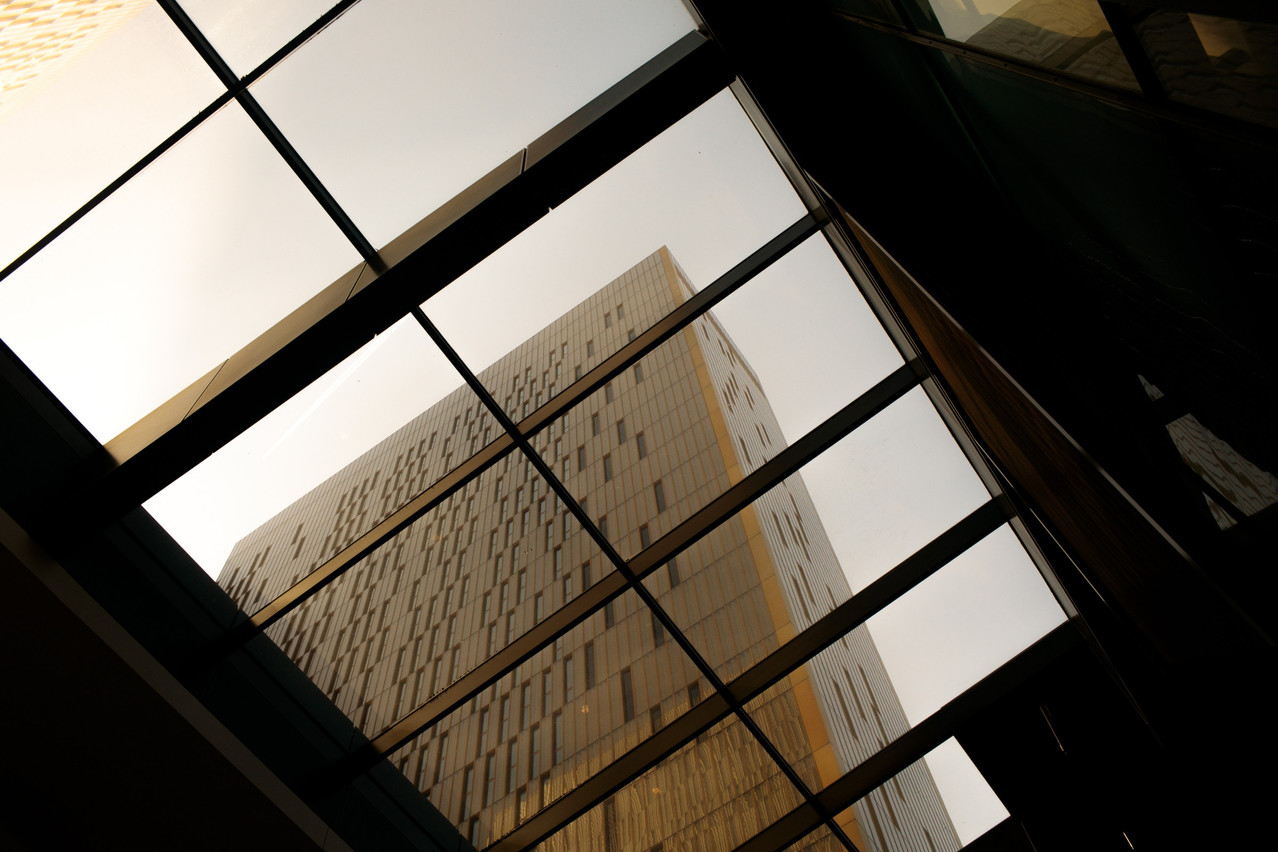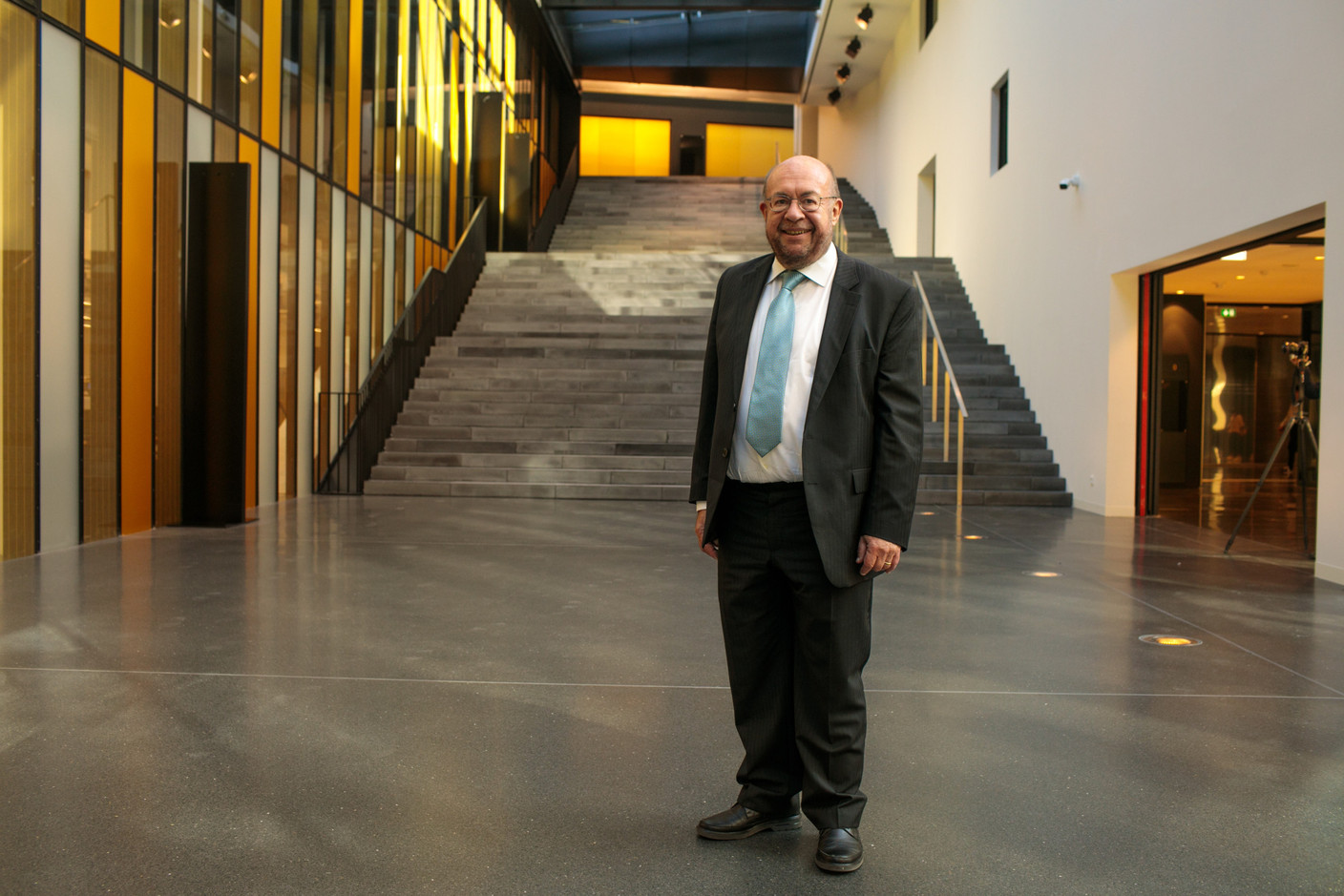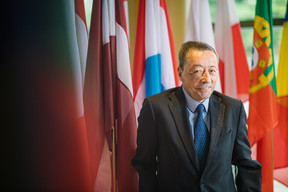On 4 December 1952, the seven judges and two advocates-general of the Court of Justice of the Coal and Steel Community (ECSC) took up their duties in Luxembourg. Seventy years later, the institution is called the Court of Justice of the European Union (ECJ) and has 27 judges, 11 advocates-general and one registrar.
On Tuesday 6 December, the Court celebrated its anniversary in the presence of the , who came to attend a formal hearing alongside the minister of justice, (déi Gréng).
As the host country of the seat of the EU's third power, Luxembourg also has many representatives in the highest instances of this institution. has been a judge at the Court of Justice of the EU since 2013. At the General Court of the EU, Luxembourg is represented by Judge , who has been in office since 1996, and the President of the First Chamber, Dean Spielmann. The former has been in Luxembourg since 2016.
Verdicts with far-reaching consequences
The Kirchberg-based institution has grown over the years, but above all as a result of developments in the European Union. Its mission has not changed, however: it remains “Respect for the law in the interpretation and application of the treaties.”
A recent example in Luxembourg was the ruling on 22 November concerning the , which was followed by the closure of access to the portal and the announcement of a partial
The institution is also responsible for decisions that have a significant impact on the daily lives of European citizens. For example, the reimbursement of medical treatment provided in another EU Member State is the result of the Decker and Kohll ruling in 1998. The right of passengers to be compensated for flights delayed by at least three hours is the result of the Sturgeon judgment (2009). The consent of internet users for cookies on websites comes from the Planet 49 judgment (2018).
The institution has also blown hot and cold for companies. Recent cases include , and .
A Tribunal since 1988
Between 1952 and 2021, the institution handed down 42,129 judgments and orders. 57% came from the ECJ, 39% from the General Court (founded in 1988) and 4% from the Civil Service Tribunal, active between 2004 and 2016. Since then, its activities have been transferred to the General Court of the EU.
The EU Tribunal has 54 judges and a Registrar. It deals with appeals and disputes where the CJEU is concerned with the examination of the legality of EU acts and the interpretation and uniform application of EU law.

The 27-storey Tower C of the Court of Justice of the EU is the tallest building in Luxembourg. (Photo: Matic Zorman/Maison Moderne)
Since its creation, the Court of Justice of the EU has had a total of 6,164 officials and temporary staff. Last year there were 2,247, 60% of whom were women. With a budget of €465m in 2022, the institution has 138,850m2 of space, including twelve courtrooms. These are open to the public. More than 5,000 visitors came through the doors of the Court last year.
It should be noted that the ECJ also has the highest tower in Luxembourg, , which was opened in 2019.
This story was first published in French on . It has been translated and edited for Delano.








